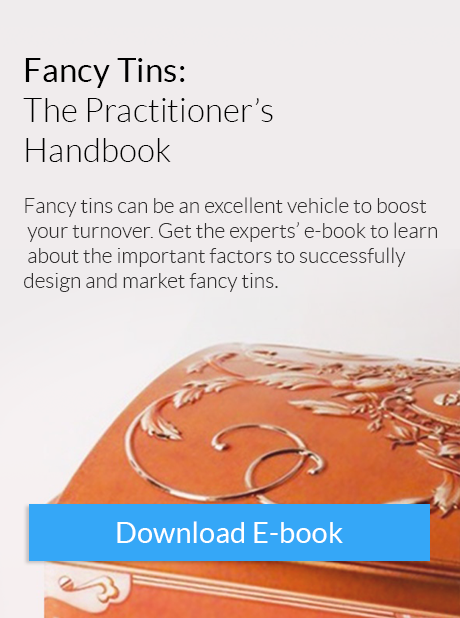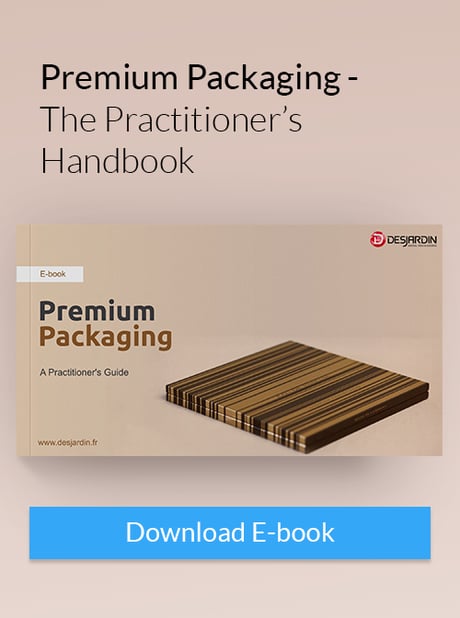As part of the multisensory experience, the mind forms thought patterns associated with shapes, which should be of interest to packaging designers. Shapes, like colors and textures, can contribute to perceptions about objects based on personal experiences. Here's a look at how the shape of a package communicates with consumers.
Shape as an Element of Visual Branding
Whether the shape of a package is seen or felt, it contributes to visual branding of the product. Placing shapes together starts to form patterns that people associate with personal experiences. It's important to remember that certain patterns of shapes can trigger certain emotions, which is different for each individual. At the same time, certain visual stimuli has universal appeal.
Shapes can be expressed many different ways and can be used for decorative or functional purposes. Many shapes, such as stars, carry strong symbolism among large groups of people. The two main different categories of shapes designers work with are geometric and organic. While geometeric shapes are typically drawn with design tools, organic shapes are crafted in a more free-hand style. Geometric shapes have a more controlled feel while organic shapes have a more natural feel.
Tactile/Haptic Brand Recognition
While tactile is an adjective that refers to perceptible sense of touch, haptic relates to actual sense of touch. Both tactile and haptic touch tests have been conducted on consumers with results confirming that touch, shape, texture and feel all play a part in brand recognition and consumer choice. Multisensory dynamics are at play when a brand becomes linked with emotion and values.
People are bombarded with a long list of brands every day, so it takes creative packaging for any given product to stand out. A unique shape that's unconventional for its application can be the key to rebranding. But changing an established brand can be risky, since consumers can post negative reviews online if they feel the brand is suddenly abandoning them. Many times it's advantageous for brands to study existing market perceptions about shapes when designing a new package.
Influential Shapes in Packaging History
Several different packaging shapes have come and gone over the years. Some of the iconic shapes that caught widespread attention were the Coca-Cola bottle for decades and the Wishbone salad dressing bottle in the 1990s. Sometimes shapes can communicate more on a subconscious level. Food packaging researchers may notice premium ice cream usually comes in round containers while regular ice cream is sold in square or rectangular containers.
One of the early 19th century pioneers in creative packaging was Tiffany & Co., as it crafted blue boxes tied with white ribbons and saw the packaging configuration become a global symbol for luxury and sophistication. In the early 20th century Morton Salt became the first company to use a round container with a pouring spout. In the 1950s consumers were attracted to Dutch Gold Honey's "bear-shaped" honey bottles.
The term "image mould" is used by packaging experts to refer to the packaging of imagery with common associations made by consumers. Packagers have learned over the years one way to change a brand perception is to alter or replace the image mould. Switching the image mould to a different product category can sometimes trigger unique ideas that capture attention.
Conclusion
Packaging designers have opportunities to create unique packages based on shape. Just remember that basic shapes trigger emotional responses from individuals. Before designing a new package, the designer should find out what existing target customers think of various shapes. Like other visual factors, shapes of packages should be consistent with target market expectations and associations.
References
[1] "Haptic Aspects of Multisensory Packaging Design (2019)" , by Charles Spence, Crossmodal Research Laboratory, Department of Experimental Psychology University of Oxford
[2] "Multisensory Packaging Design (2017 - today)" , by Charles Spence
[3] "From Disgust to Desire: How Products Elicit Our Emotions (2004)" , by Pieter M. A. Desmet, in Design and Emotions, edited by Dena McDonagh et al.
[4] "Luxury branding: the industry, trends and future conceptualisations (2015)" , by Yuri Seo and Margo Buchanan-Oliver
[5] "Food packaging: The medium is the message (2010)" , by Corinna Hawkes
[6] "Multisensory design: Reaching out to touch the consumer (2011)", by Charles Spence and Alberto Gallace








